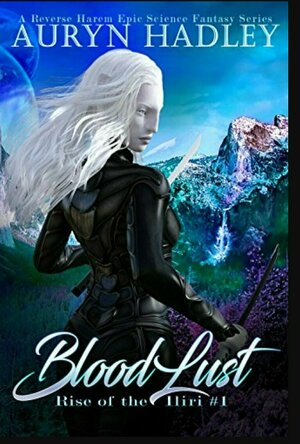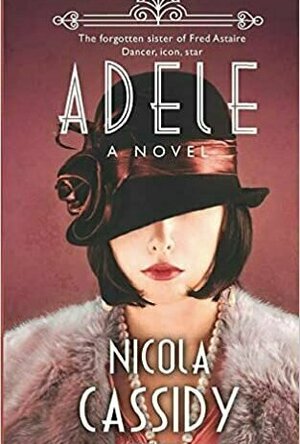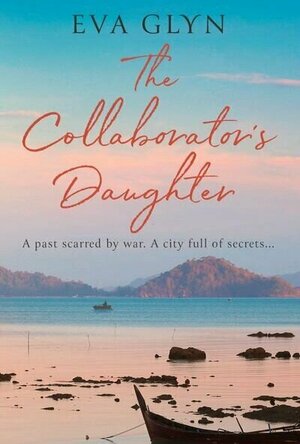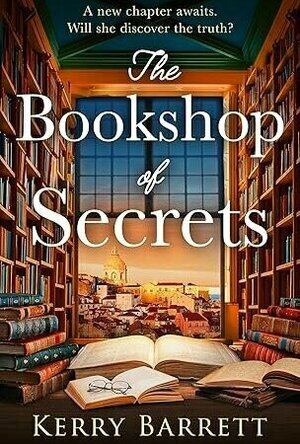Lyndsey Gollogly (2893 KP) rated Bloodlust (The Rise Of Iliri #1) in Books
Nov 11, 2019
Everyone has secrets, and the Blades are no different. But acceptance into the Blades gives Sal something she never expected—the family she’s never had, and with it, the undying protection of seven of the greatest warriors the world has ever seen. It also gifts her a devoted line of potential mates. Many of her fellow warriors will submit to the bloodlust that overtakes her in the heat of battle and can only be quenched by rough, passionate lovemaking (making way for the steamiest of love scenes). Though it’s not all war and sex. Sal very gradually cultivates deeply loving, evolving relationships with each of the Black Blades, which morphs as a unit into a reverse harem as sweet as it is fierce, and as protective as it is impassioned.
But belonging has its own price. Each of the Blades would die to protect Sal. And it’s only a matter of time before the enemy moves to use this against her.
This series was recommended by a friend and I finally got round to starting it. So glad I did what a brilliant series full of action. The relationship dynamics are very well written and they don't have Sal casually sleeping around all of the men! I love how it's handled and written!
⭐⭐⭐⭐
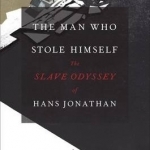
The Man Who Stole Himself: The Slave Odyssey of Hans Jonathan
Book
The island nation of Iceland is known for many things majestic landscapes, volcanic eruptions,...

Royalty Inc: Britain's Best-Known Brand
Book
It is an amazing feat in the 21st century that Queen Elizabeth II, a small woman in her...
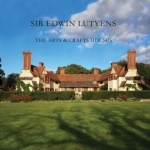
Sir Edward Lutyens: The Arts and Crafts Houses
Book
Sir Edwin Lutyens is widely regarded as one of Britain's greatest architects. In a career of more...
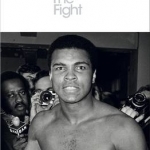
The Fight
Book
From one of the major innovators of New Journalism, Norman Mailer's The Fight is the real-life story...

The Stolen Marriage
Book
The Stolen Marriage is a compelling novel from Diane Chamberlain, the bestselling author of The...
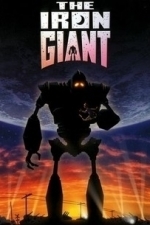
The Iron Giant (1999)
Movie Watch
The film takes place in October of 1957, when America had plenty to be worried about. Rock ’n’...
Lottie disney bookworm (1056 KP) rated Adele: The Forgotten Sister of Fred Astaire in Books
May 16, 2020
I was intrigued by Adele when I first applied for an ARC: it isn't my usual kind of read but although I have heard of Fred Astaire (mainly from my grandma) I didn't know anything about his sister Adele, so I decided to give the book a go. Wow I am glad I did!
Nicola Cassidy brings the Astaires to life through her amazing writing. The majority of the novel is told from Adele's perspective: starting from when she is just a child. Cassidy, in turn, writes in a childish, conversationalist prose with this becoming steadily more mature along with our protagonist . By presenting Adele's life through her own eyes the reader feels her pain intensely: particularly towards the end of the novel. I'm not ashamed to say I was openly weeping at certain points.
Some critics may say that anyone can take a universally emotive topic and make you cry during a story. Well Cassidy goes one step further: through the character of Adele's father and the contrasting relationship she has with her mother and brother, the reader also witnesses the overwhelming feeling of absence- almost numbness towards the patriarchal figure. Similarly we also feel apprehension when we can recognise history repeating itself before Adele does: we can predict that this ending will not be an altogether happy one and it is this foresight and empathy that Nicola Cassidy creates which is unparalleled with any other book I have read recently.
Adele (the novel and the character) has glitz, glamour, heartache and inspiration. However, the novel has a steadying undertone with the changing effect of World War Two and the presence of several working class, dedicated women at the heart of the story.
Nowadays, it may be Fred Astaire who springs to mind but it was Adele who paved the way: it's about time she was given the chance to step out from her brother's shadow and regain the spotlight once again.
Hazel (2934 KP) rated The Collaborator's Daughter in Books
Apr 16, 2023
Set in two timeliness - 2010 and 1944 - the story is written from the point of view of Fran (Safranka) in Sussex in 2010 and her father, Branko in Dubrovnik in 1944. Fran was born in Dubrovnik but left with her mother when she was just a baby and never knew her father but was always told he was a hero.
Fran is now in her 60's; her stepfather has recently passed away having lost her mother a number of years earlier. With her son having grown up with his own family and having found out that her father's remains have been found in a mass grave containing fascists and collaborators from World War II; Fran decides to return to her country of birth to learn more about her father and to find out what she wants to do with the rest of her life now she has no one left to care for.
I loved the characters and particularly the fact that they were of an older generation which was a refreshing change proving that it's never too late to change your life although it remains a scary concept. I loved the setting and the descriptions of Dubrovnik which really made me want to visit. I found the sections set in 1944 were my favourite parts, I wish they had been longer and more in depth however, the author has explained why this was very difficult due to the lack of information available.
Overall, an enjoyable read and whilst I don't usually like a book that has quite such a focus on romance, it did work well with this particular story and it made for a gentle and easy read.
My thanks go to HarperCollins UK, One More Chapter and NetGalley for enabling me to read and share my thoughts of The Collaborator's Daughter.
Merissa (13590 KP) rated The Bookshop of Secrets in Books
Feb 13, 2025
I loved this story! It is the third or fourth book by this author I have read and, just like the others, I was gripped by the story and the characters. The descriptions of the world Lara lives in are crisp and clear, defining the current state of affairs for her without hitting the reader over the head!
Fleming is a name that is dropped (which I loved!) as well as Edward and Wallis. There was also a hint about Sandra's background which was perfect and I would love the know who the inspiration was for her part. How the story was woven around these characters and situations astounds me. I found it to be phenomenally written and perfectly paced.
If I had one bad thing to say it would be that my romantic little heart was desperate for an official, rock-solid HEA for Lara. Don't get me wrong, it was alluded to, but I want to know for sure. In fact, not just for Lara, but for Bill, Phil, Miguel, Bea, Hector, Sandra... do you want me to continue? Suffice it to say, this book was outstanding but I'm not ready to let go of these characters yet. HIGHLY RECOMMENDED by me and I can't wait for the next book by this amazing author.
** same worded review will appear elsewhere **
* A copy of this book was provided to me with no requirements for a review. I voluntarily read this book; the comments here are my honest opinion. *
Merissa
Archaeolibrarian - I Dig Good Books!
Feb 5, 2025
